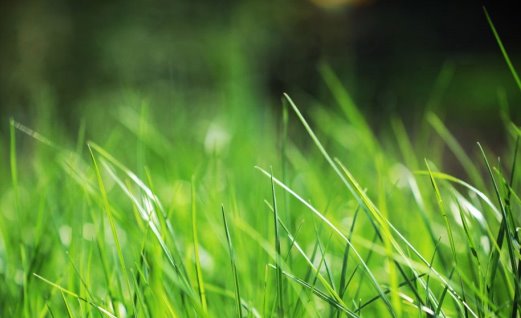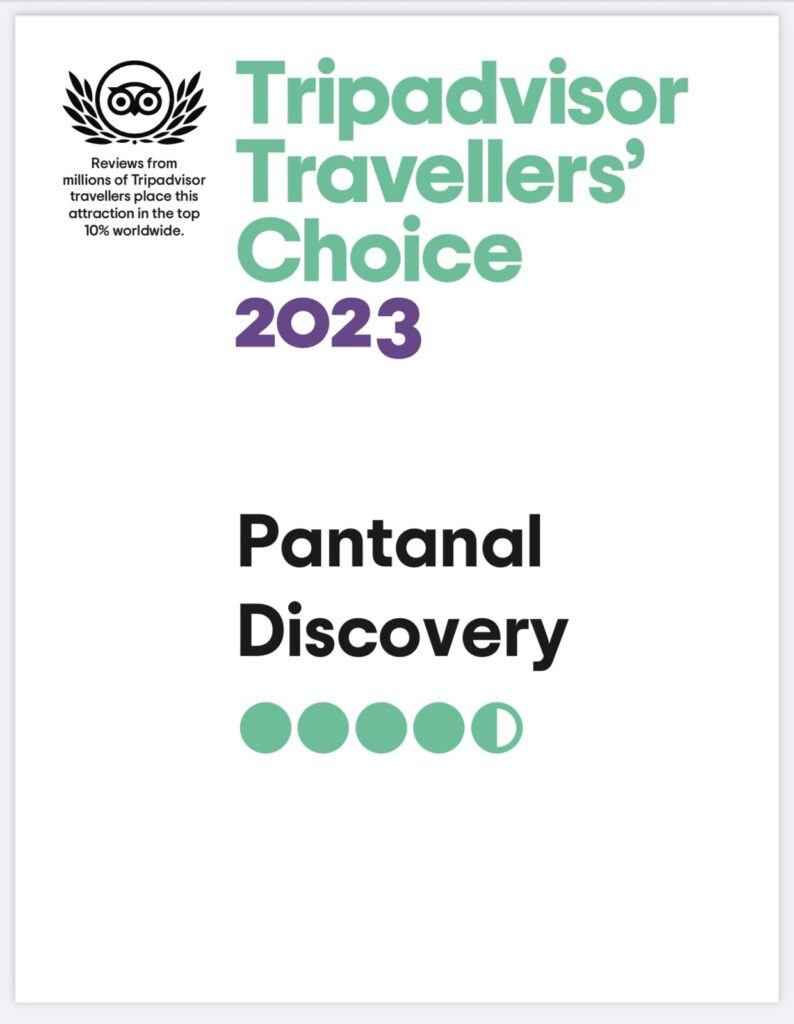PANTANAL
 Most have heard of the Amazon’s fame but few know that the Pantanal is actually the best place in Brazil to see wildlife. The dense foliage of the Amazon makes it difficult to observe the animals, but in the open space of the Pantanal, wildlife is much easier to see. If you want to see animals in their natural environment, the Pantanal is a must. Located in the Center of South America, the Pantanal is the world’s largest wetland at over 20 times the size of the Everglades in Florida. It’s extraordinary biodiversity includes thousands of different species of birds, mammals, reptiles, amphibians and fish. Many of which are unique to the Pantanal. The pantanal has been Declared a UNESCO World Nature Heritage site and Biosphere Reserve and a Brazilian National Park. All with the desire to maintain and preserve this natural world wonder.
Most have heard of the Amazon’s fame but few know that the Pantanal is actually the best place in Brazil to see wildlife. The dense foliage of the Amazon makes it difficult to observe the animals, but in the open space of the Pantanal, wildlife is much easier to see. If you want to see animals in their natural environment, the Pantanal is a must. Located in the Center of South America, the Pantanal is the world’s largest wetland at over 20 times the size of the Everglades in Florida. It’s extraordinary biodiversity includes thousands of different species of birds, mammals, reptiles, amphibians and fish. Many of which are unique to the Pantanal. The pantanal has been Declared a UNESCO World Nature Heritage site and Biosphere Reserve and a Brazilian National Park. All with the desire to maintain and preserve this natural world wonder.
GEOGRAPHY & CLIMAT
Although Pantanal means ‘swamp’ in both Spanish and Portuguese, the pantanal is not a swamp but rather a vast water plain. Its geographic formation, with an average altitude of below 100 metres is the result of the large concave pre-Andean depression of the earth’s crust, related to the Andean orogenic movements of the Terciary period. The Pantanal constitutes a huge internal delta of rivers that during the annual flood become interconnected. The flooding occurs in accordance with the rainy season between December and March when the marsh receives water from the highlands surrounding it, especially from those in the North and Northeast. Due to the low slope of the plain the waters that enter the heads of the Paraguay River take months to make it across the entire Pantanal. The water flow is slow and the altitude of the basin is extremely low which results in this annual flooding. During the rainy season when the rivers overflow, large amounts of natural sediment are brought in by the waters. Once the water retreats the soil dries and these sediments serve as a highly nutritious fertilizer to the soil which causes a huge increase of new life. The water cycle is therefore fundamental and is the cause of the abundant flora and fauna in the Pantanal.
PLANING
When to go The pantanal can be visited all year round. The dry season (April to September) sees the water levers decrease and animals beginning to look for food for their new borns. This gives guests the chance to spot a variety of species. The best time to watch birds is from June to October when the water have receded and the bright-green grasses pop up from the muck. The driest Months offer the best chances of spotting Jaguars. The flooding season with the heaviest rain fall in February and March is fantastic natural phenomenon that should not be missed. Temperatures are generally hot by day and cool by night, with occasional short bursts of rain.
FLORA
The vegetation of the Pantanal ecosystem is not a typical homogeneous formation, but is rather formed by a mosaic of the biomes of five neighboring regions; Amazon Rainforest, Atlantic Forest, Cerrado, Caatinga, and Chaco (Paraguay, Argentina and Bolivia) and is known as the Pantanal Complex.
Recent studies point to the identification of more than 1,600 species of plant, some unique to the Pantanal.
The higher lands do not flood and therefore contain forest. Whereas the lowlands which become submerged during the rainy season have grass and small shrubs that form the predominant vegetation.
The bay’s contain submerged aquatic plants. These plants are crucial to the survival of aquatic fauna, which in turn forms the main food source of much of the Pantanal’s terrestrial fauna.
FAUNA
The Pantanal fauna is one of the richest in the world, both in variety and quantity and the sparse vegetation of the Pantanal benefits guests to further facilitate the observation of all this wildlife.
The extraordinary biodiversity of the Pantanal includes around 660 species of birds, 100 species of mammals, 160 species of reptiles, 40 species of amphibians, over 260 species of fish and unknown numbers of insect species, among which over a thousand different butterflies have been identified.
The Pantanal is one of the last refuges for a large variety of mammals that were once found in abundance scattered throughout South America. Mammals include the jaguar, puma, ocelot, manned wolf, tapir, anteater, giant otter, capybara and many others.
With more than 200 species of reptiles and amphibians visitors are guaranteed to see many. Among the favourite is the Cayman a type of alligator that characterises the Pantanals landscapes. The mythical anaconda, though less abundant than the alligators, may often been seen on the river banks. Those with a keen eye may discover iguanas which are incredible well camouflaged and hardly distinguishable from the tree foliage. Frogs and toads of all sizes and colours have found a true paradise in the Pantanal.
Another huge food source for large numbers of animals are the insects of which there is an unimaginable variety of species and many that still remain unknown. Although not as visible as the birds, insects also know how to get attention, mainly at night, where you can fall asleep to the true sounds of nature. During the daytime, many species of butterflies can be seen and by the end of the flood season it is not uncommon to find thousands of them.
Whatever your reason for visiting, whether for scientific purposes or simply out of love and curiosity for nature, the Pantanal is undoubtedly one of the world’s most beautiful and unique places for wildlife observation.

Translate »
 Most have heard of the Amazon’s fame but few know that the Pantanal is actually the best place in Brazil to see wildlife. The dense foliage of the Amazon makes it difficult to observe the animals, but in the open space of the Pantanal, wildlife is much easier to see. If you want to see animals in their natural environment, the Pantanal is a must. Located in the Center of South America, the Pantanal is the world’s largest wetland at over 20 times the size of the Everglades in Florida. It’s extraordinary biodiversity includes thousands of different species of birds, mammals, reptiles, amphibians and fish. Many of which are unique to the Pantanal. The pantanal has been Declared a UNESCO World Nature Heritage site and Biosphere Reserve and a Brazilian National Park. All with the desire to maintain and preserve this natural world wonder.
Most have heard of the Amazon’s fame but few know that the Pantanal is actually the best place in Brazil to see wildlife. The dense foliage of the Amazon makes it difficult to observe the animals, but in the open space of the Pantanal, wildlife is much easier to see. If you want to see animals in their natural environment, the Pantanal is a must. Located in the Center of South America, the Pantanal is the world’s largest wetland at over 20 times the size of the Everglades in Florida. It’s extraordinary biodiversity includes thousands of different species of birds, mammals, reptiles, amphibians and fish. Many of which are unique to the Pantanal. The pantanal has been Declared a UNESCO World Nature Heritage site and Biosphere Reserve and a Brazilian National Park. All with the desire to maintain and preserve this natural world wonder.

 +55 67 99163-3518
+55 67 99163-3518


